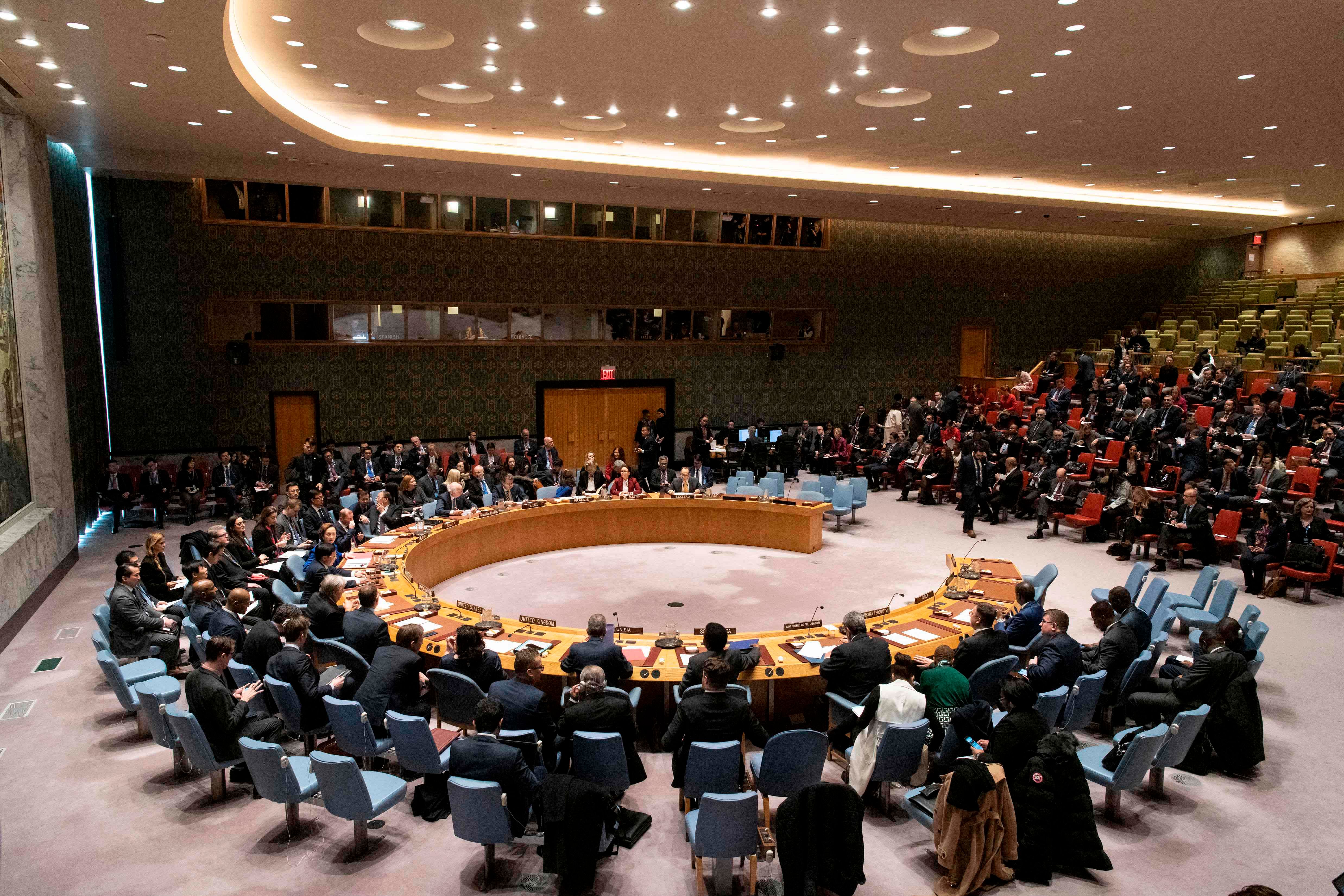
At the opening of the 75th session of the UN General Assembly, Prime Minister Narendra Modi made a passionate pitch for a permanent seat for India in the UN Security Council (UNSC). He decried the fact that 18% of the world population doesn’t have a representation in the UNSC.
In line with Article 24 of the UN Charter, the Security Council’s mandate is peace and security. At present, less than 25% of the world’s population has a representation in the UNSC. If one excludes China, the other four UNSC members -- the US, UK, Russia and France -- comprise 7% of the world’s population. The UK and France, the two UNSC members from Europe, comprise 1.5% of world population. While discussing the advantages that accrue on account of UNSC membership, the debate should be tempered with realism.
Security Council reform requires an amendment to the Charter of the United Nations. In the first stage, the General Assembly must approve the reform by a two‑thirds majority. After approval from the GA, the Charter of the United Nations is amended during the second stage. The amended Charter must then be ratified by at least two‑thirds of the member states, including the five permanent Security Council members. Secretary-General Antonio Guterres has been outspoken in saying that “the makeup of the Security Council must reflect the current realities, not the world as it stood at the end of World War II.”
There are obvious advantages that a Member-State derives on account of its entry into the UNSC. Firstly, a seat in the Council helps a Member-State to shape the Council’s peace and security agenda, particularly on issues on which it is expected to have a greater relative domain or regional expertise. Apart from the fact that a permanent member can exercise veto, in contrast to the E-10 (Elected-10), a P-5 (Permanent-5) has the advantage of institutional memory of various files. Right now, information relating to UNSC closed-door meetings that may be relevant to a non-Security Council member comes through secondary sources.
There are some direct stakes. The mechanisms available with a non-UNSC member to trigger the Council’s immediate action are rather slow when the interest of a UNSC member is not directly involved. A case in point was the 10 years it took to list Bahawalpur-born Masood Azhar in the 1267 Sanctions UNSC Committee list. Established in 1999 in relation to Taliban, the mandate of 1267 Sanctions Committee has been broadened over the years. Subsequent SC resolutions in the last 20 years have made it possible to list associations of individuals with Al Qaeda and ISIL (Da’esh) related issues.
Some of the evidence against Azhar was already in the public domain. After his infamous release from Kot Lakhpat jail (in J&K) in 1999 as part of the swap-deal in Kandahar with the hijackers of IC-814, he returned to Pakistan to create Jaish-e-Mohammad. Jaish has allegedly been responsible for many terrorist attacks in the nearly 20 years of its existence, including the attack on Parliament House on December 13, 2001.
In the period that his case was under review, as per informed Pakistani scholars’ accounts, Jaish continued to raise funds and recruit in the southern part of Pakistan’s Punjab province; the 2016 Pathankot Air Base attack took place; on February 14, 2019, Jaish’s Kashmiri recruit Adil Ahmad Dar rammed his vehicle, armed with explosives, with a CRPF vehicle, killing 40 soldiers. Dar claimed his allegiance to Jaish in a video which was shot before the suicide attack. China, one of the P-5 members, had delayed Azhar’s listing all this while by invoking myriad procedural questions. Azhar was finally listed in May 2019.
However, undue expectations of UNSC expansion in the near-future should be resisted. Every year, since February 2009, as part of the Intergovernmental Negotiations (IGN) on the question of equitable representation on and increase in the membership of the Security Council, diplomats from various countries ritualistically make their respective statements, but nothing changes. One of the impediments is also the geopolitical rivalries in various regions. Though not directly, China opposes India and Japan’s case in the Asian context. In the Latin American context, Brazil’s neighbour Argentina may challenge its claim.
Given the prevailing structural constraints, aspirant Member-States will have to advance their agenda within the present UNSC architecture in the foreseeable future. All is not lost. The non-UNSC membership enables Member-States not to take sides. The UNSC is presently divided between the P-3 (US, UK and France) and P-2 (Russia and China). This is particularly useful for a Member-State that is aiming to grow its economy.
Without earning the wrath of any Member-State or regional group, a developing non-UNSC Member-State can strike multiple political and economic relationships with opposite camps. Apart from this, a UNSC member has to devote extensive diplomatic manpower. For instance, every Elected-10 member has to temporarily beef up its capacity for two years and quickly get acquainted with various issues on the Security Council’s agenda. All the issues may not always be in sync with the national political and economic priorities of a Member-State.
Moreover, a realistic look at India’s peace and security goals, as we have seen in the case of counterterrorism, indicates that they are more or less in sync with those of P-3. The end of the Cold War, 9/11, and a host of other factors have brought this rare convergence that may not have existed before. One cannot ignore either the present structural reality that prevents India from becoming a permanent member of the Security Council in the near future. Faced with this reality, India should continue leveraging its convergence with P-3 on issues of common interest. Presently, India’s diplomatic capital will be better expended by focusing on a few issues of the country’s interest and presenting them in a fashion that finds broader resonance in the Security Council.
(The writer is a former member of the UN Secretary-General’s Good Offices on Myanmar)